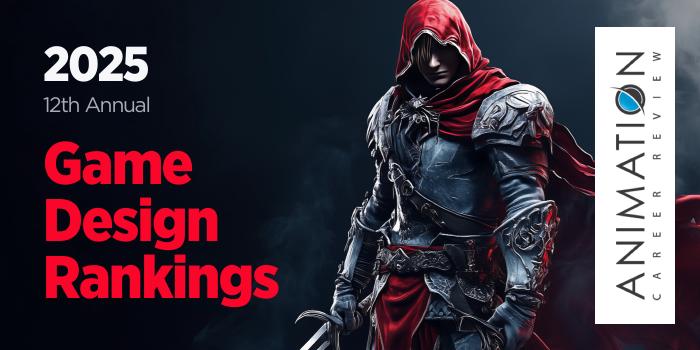University of Wisconsin-Whitewater (UW-Whitewater) houses a multidisciplinary Media Arts and Game Development (MAGD) program that combines computer science, art, music, and communication. Leading to BA and provided in the Department of Art and Design within the school’s College of Arts and Communication, the MAGD program has three emphasis areas/minors including Gaming Technology, Media Arts, and Communication/Gaming.
The Gaming Technology emphasis explores programming, software development, and real-time interactive graphics. Media Arts focuses on the creation of digital content for special effects, interactive computer games, 3D, motion graphics, and animation.
Communication/Gaming (and Media Art) are also provided as minors for students in the Computer Science BA program in the College of Letters and Sciences’ Department of Computer Science. Communication/Gaming explores games, writing for digital media, audio and video, and emerging technology.
Across emphasis areas, students will take core courses and electives such as Game Development; Motion Graphics Studio; Interactive Communication; Introduction to Media Arts and Game Development; Game Studies and Design; Screenwriting; Drawing for Digital Media; Video Games and Learning; Electronic Music and Sound Design; and Data Structures. All programs culminate with the Senior Capstone.
All MAGD and Computer Science BA (CS BA) students benefit from participation in student organizations such as GAMED (Game and Media Entertainment Developers), Anime, Smash Bros., the Animation Club, Esports, and the Gaming Group of Whitewater; access to state-of-the-art production facilities such as the Motion Capture Studio and a gaming room that hosts weekend-long game jams; and the chance to take part in regional game design expos and competitions such as the MAGD Expo and M-Dev.
Held annually at the University of Wisconsin-Whitewater, the MAGD Expo welcomes leaders in the industry who have developed games such as Transformers, Assassin’s Creed, Madden NFL, Baby Driver, and God of War.
Other MAGD and CS BA highlights include professional internships in the UW-Whitewater Digital Media Lab or off campus at a game, animation, film or media production studio; team-based projects; and the opportunity to study abroad at HAN University in Holland. During the experience, students will collaborate with HAN students on a team game project (from the UW-Whitewater campus), then travel to Holland during the spring semester to complete the game with them.
Graduates of the MAGD BA and CS BA programs at University of Wisconsin-Whitewater are prepared to pursue positions in areas such as game design and development, animation production, 3D art, digital advertising, usability engineering, interface design, mobile app development, motion graphics, multimedia production, visualization, simulation, research, education, and consulting.
MAGD and CS BA alumni have been hired at companies and studios such as Amazon, Epic Software, Google, Bethesda Game Studios, IBM, Obsidian Entertainment, Filament Games, Raven Software, JDA Software, Image 360, PerBlue, and Concurrency, Inc. Some MAGD graduates also go on to enroll in a graduate program such as UW-Whitewater's Computer Science MS program. Others have gone on to launch their own studios or freelance businesses.





















